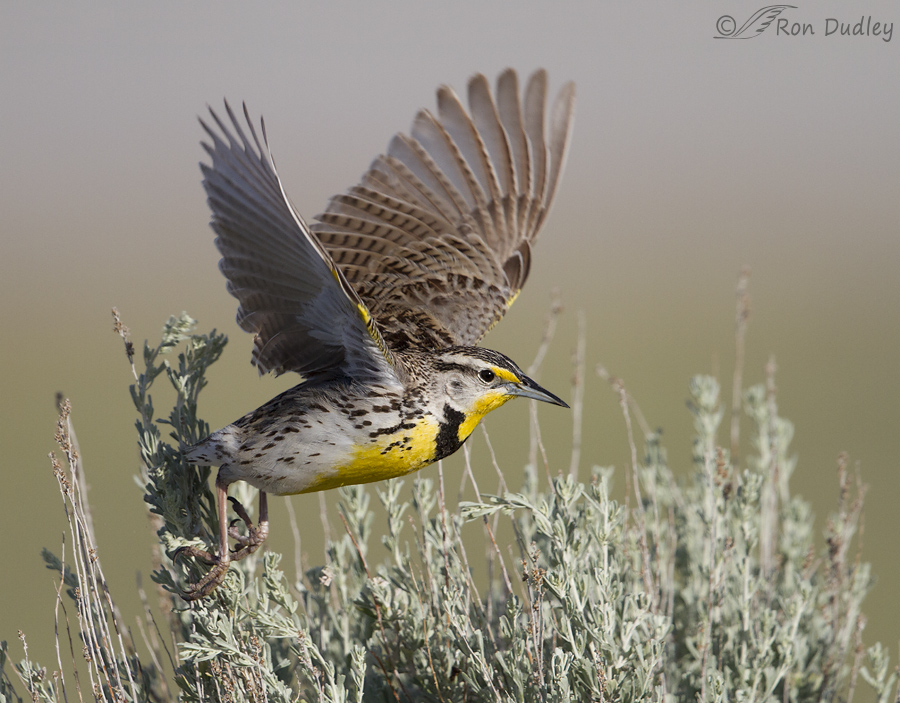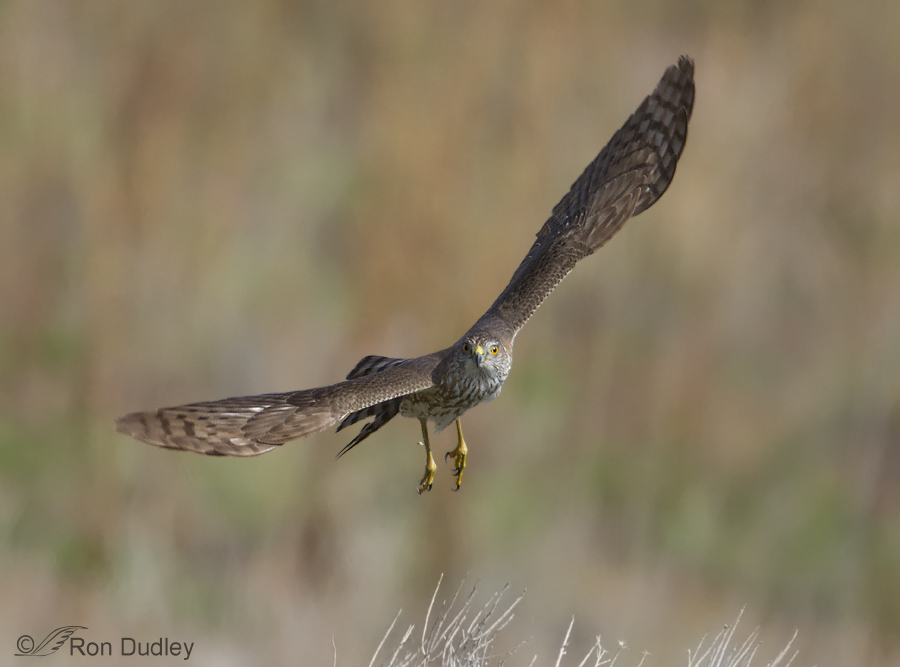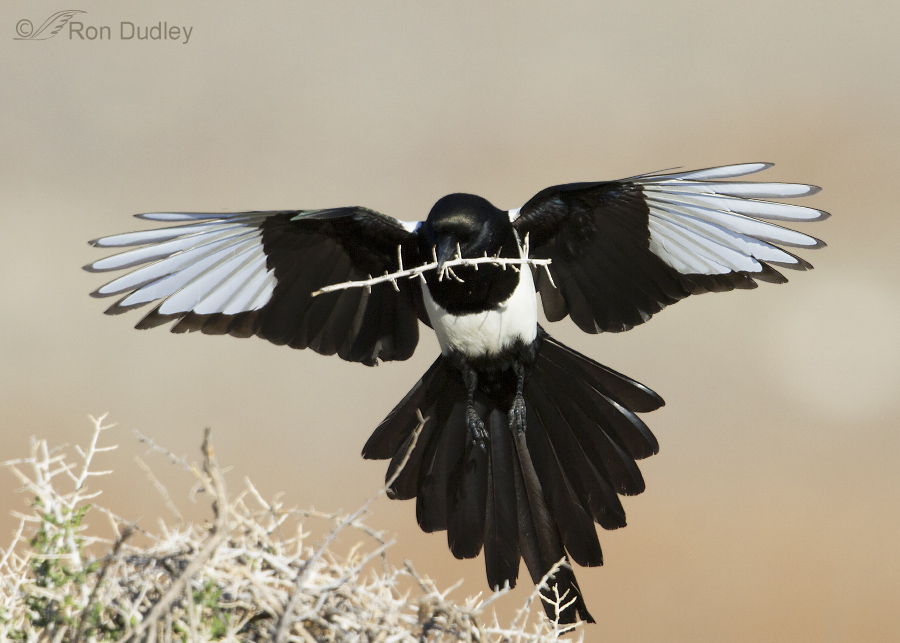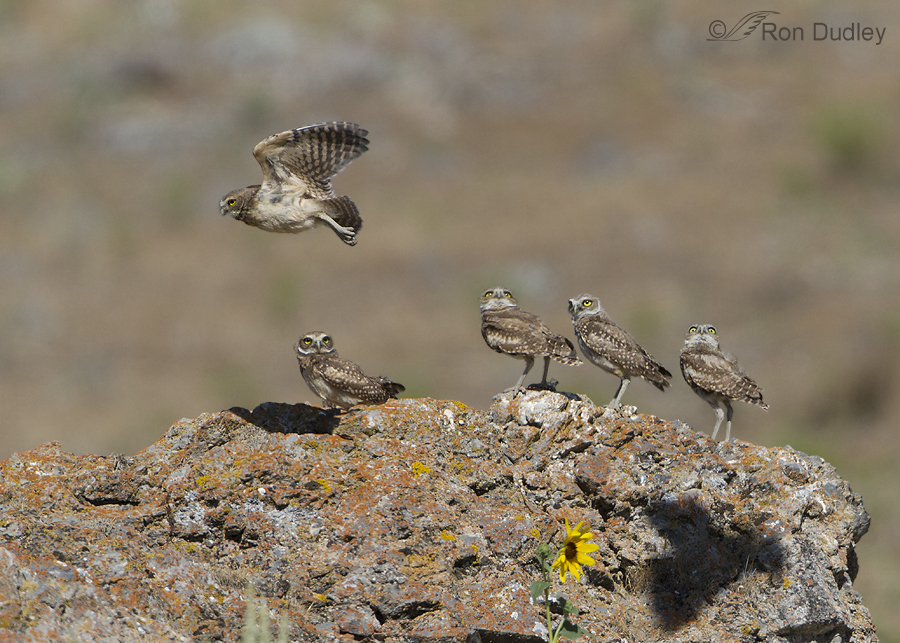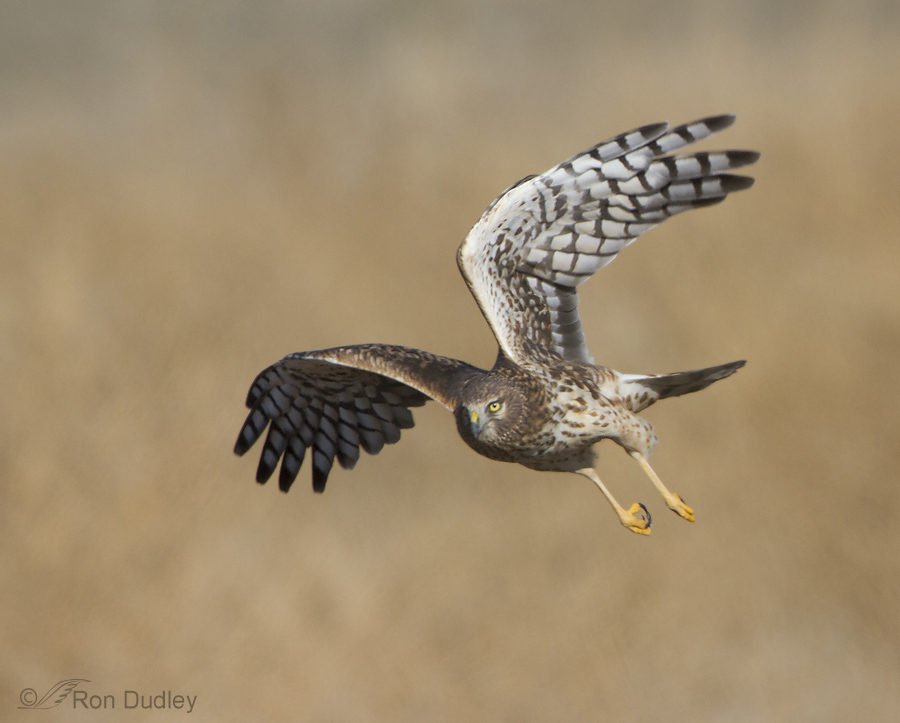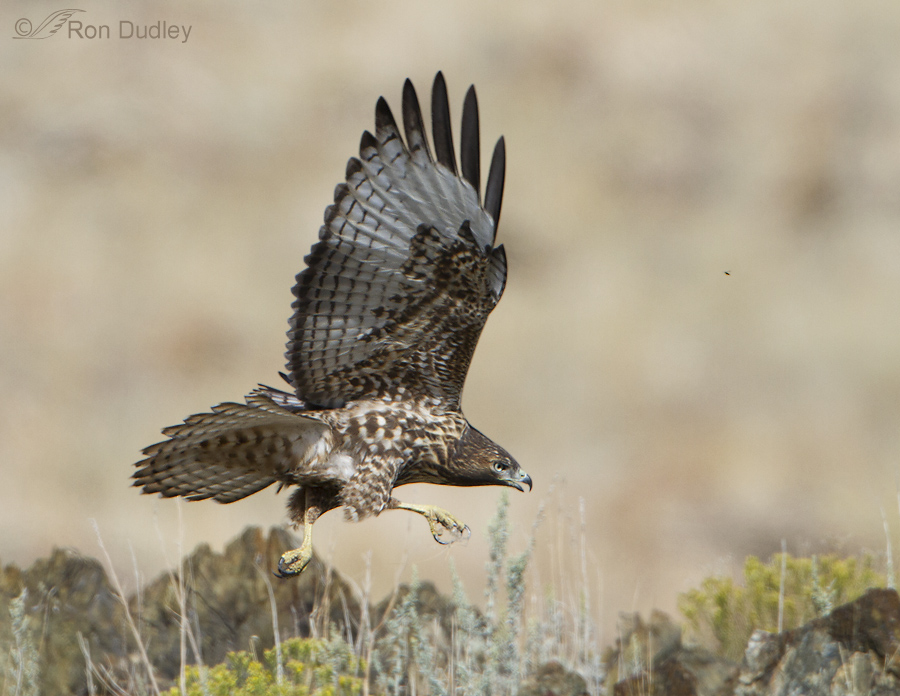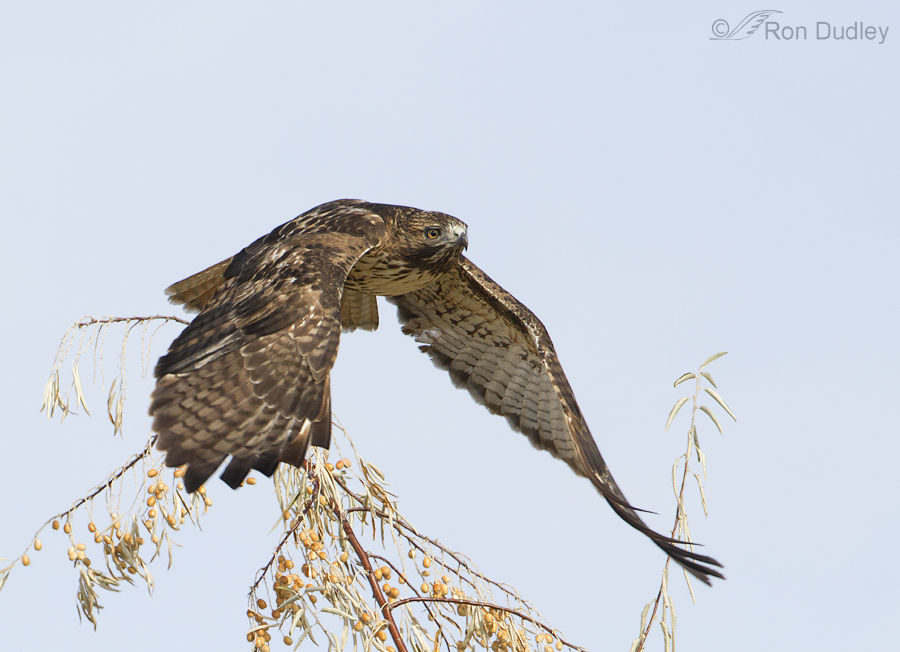Tag: take off
Sharp-shinned Hawk In Flight On Antelope Island
Magpie Hip-shot – An Interesting Experiment
Juvenile Burrowing Owls Practicing Take-offs And Landings
A New Northern Harrier Behavior (for me)
Juvenile Red-tail Scratching An Itch In Flight
Female Kestrel – A Twisting, Turning Take-off
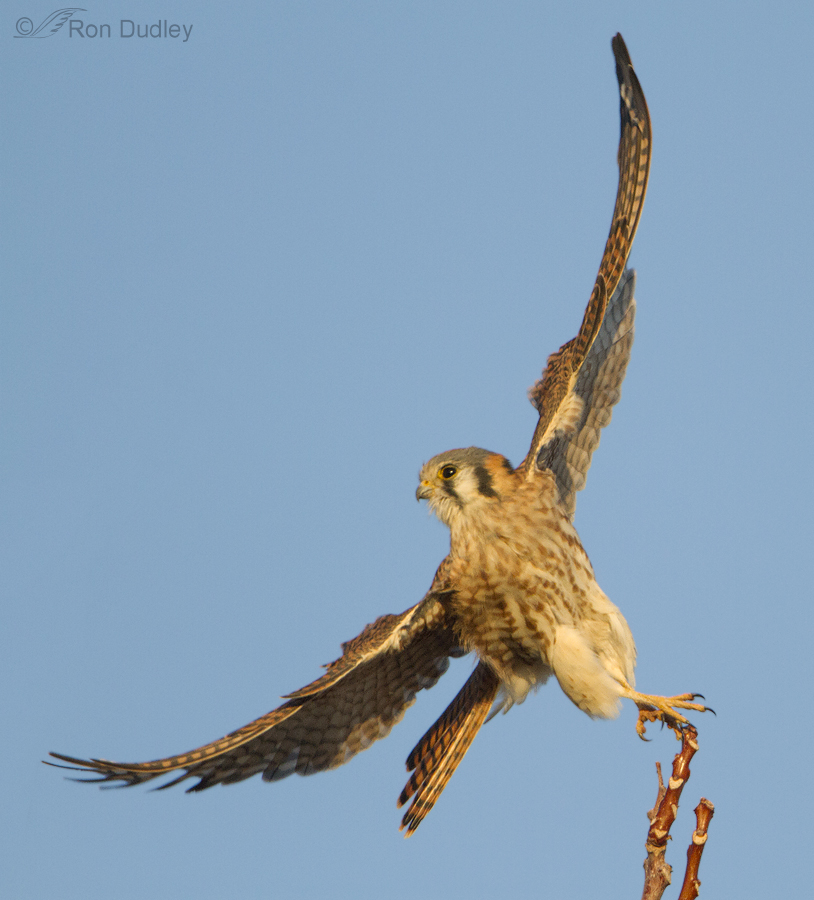
Occasionally during take-off an American Kestrel will put on a show of its considerable acrobatic skills but it happens so fast with these little falcons that many of us don’t really appreciate the coordination and skill involved. Yesterday morning I got one shot that I think demonstrates it pretty well.
You Never Know In What Direction A Raptor Will Take Off
Is A Hawk Capable Of “Planning”?
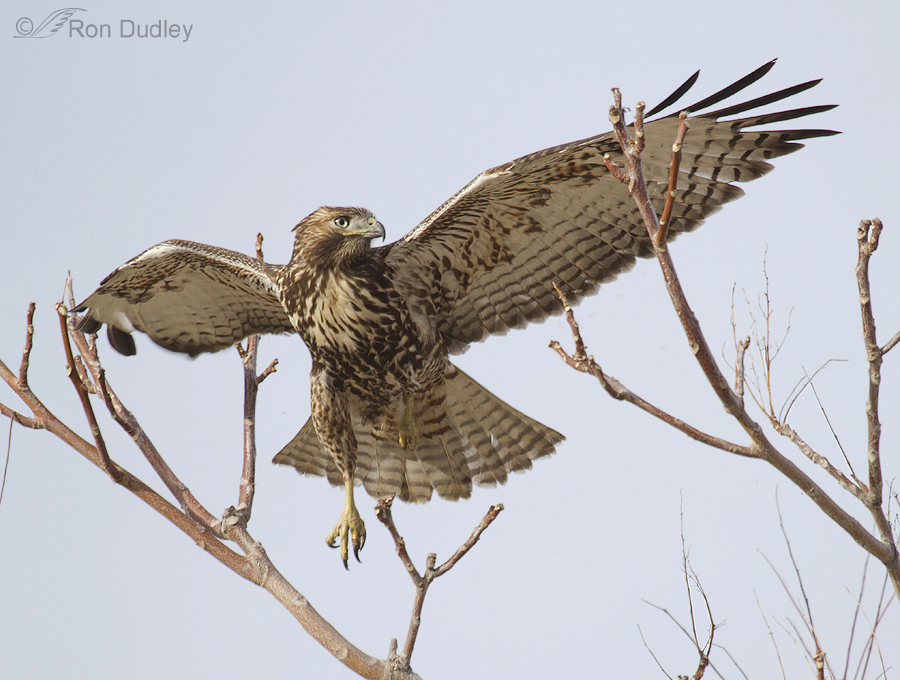
I sometimes see hawks buried so deeply in trees that I can’t help but wonder how they’re going to fly out without injury or at least feather damage. They occasionally appear to “think” about their escape route just before take-off, which implies “planning”. Some images I took yesterday brought the question to mind once again – are hawks capable of “planning”?
Willet Take-off
Yesterday morning I found this Willet perched on one of the Tintic Quartzite boulders so common on the northern part of Antelope Island. The Willets are still active on the higher slopes of the island but it won’t be long until they’re spending most of their time along the shoreline and causeway.
A Bird Photographer’s Conundrum – Red-tailed Hawk
Sunday morning we visited Utah’s west desert to see what we could turn up out there. We found a pair of American Kestrels, a few Swainson’s Hawks, one Ferruginous Hawk, several Turkey Vultures apparently feeding on a dead calf and four Red-tailed Hawks. But most were difficult to approach, in bad light or on ugly perches. Note: Some of this post may be of interest only to photographers. I apologize in advance to those of you interested more in the results of bird photography than in the process… 1/2500, f/6.3, ISO 640, 500 f/4, natural light, not baited, set up or called in But we did find the nesting pair of red-tails that I’ve posted about previously. This bird was perched up a canyon near the nest where its mate was incubating eggs. I caught the hawk at lift-off… 1/2500, f/6.3, ISO 640, 500 f/4, natural light, not baited, set up or called in and immediately after… 1/2500, f/6.3, ISO 640, 500 f/4, natural light, not baited, set up or called in and I was able to keep the bird in focus for a long burst of 22 images as it flew to my left. The problem was that it had been perched above me on a hill so when it took off it mostly glided with its wings straight out and shaded underneath so many of those shots aren’t particularly interesting. 1/2500, f/6.3, ISO 640, 500 f/4, natural light, not baited, set up or called in This was the last image with any light under the wings….
Prairie Falcon – A Dilemma
On this morning as I was leaving Antelope Island after a morning of shooting I was, as always, watching for a Prairie Falcon along the causeway. Occasionally I’ve been lucky with that strategy but it doesn’t happen very often. One advantage I had is the fact that if there was one there it would likely be perched on the rocks next to the Great Salt Lake. With that dark blue background, the bright whites on the breast of the falcon are often easy to spot. And that’s exactly what happened.
Male Northern Harrier – The Gray Ghost
One of my favorite subjects is the male Northern Harrier. Because juveniles of both sexes are similar to the adult female, to the untrained eye most harriers look like females which is one of the reasons that many folks believe that they rarely see males – thus the name “Gray Ghost” for the ”elusive” adult male.
Rough-legged Hawk With A Peculiar Hunting Technique
I’ve spent many hours watching Rough-legged Hawks hunt. Nearly always they hunt from the air or from elevated perches but several years ago this bird showed me a technique I had never seen before and haven’t since. All of these images are presented in the order they were taken. Techs for these shots were: 1/2000 – 1/3200, f/8. ISO 400, 500 f/4, 1.4 tc, natural light, not baited, set up or called in I found the hawk on the ground and as I approached it in my pickup it didn’t fly off as I expected it would. Here it’s looking at me but most of the time it was scanning the grasses in the vicinity – obviously hunting for voles from the ground. It would lift off but only fly a few feet before it landed again. In this first lift-off it had vegetation in its talons. I’ve seen them do this before – it’s almost like they’re reluctant to let go of the plant material after they’ve missed the prey. The hawk landed again… And intensely scanned the surrounding area for prey. Then another take-off… and it flew within inches of the ground… before it pounced on a vole and swallowed it. Then it continued to hunt in the same manner. Another take-off… and another. There’s blood on the right foot from the last vole. The hawk repeatedly did the same thing – take…
Anticipating An American Avocet Behavior
Anticipating behaviors is often crucial for nature photographers and that’s particularly true when your subject is a lightning-fast bird. Most of us don’t need any more images where the wings have been cut off in the frame or the bird is soft due to lack of shutter speed or poor focus tracking of the bird at take-off. The American Avocet in breeding plumage is an especially lovely subject with its long recurved bill, bluish legs, cinnamon head and neck and the black and white chevron pattern on its back. But you don’t see many quality flight or take-off images of the species, partially because their flight tendencies are fast and erratic. Like many birds, avocets routinely perform single wing and leg stretches. These stretches occur when the bird is at rest and at ease. They stretch like this in the water… and on land. But this single-wing/leg stretch is not an indicator of nervousness or a precursor of take-off. Neither of the birds in these two images did so immediately after the stretch. 1/1000, f/8, ISO 500, 500 f/4, 1.4 tc, natural light, a sliver of canvas added for composition But when you see this two-winged wing stretch, expect imminent take-off. A few seconds later this bird did just that but it took off away from me and I deleted the images. Another two-wing stretch. And almost immediately after the wings came down… the bird took off. It’s not a good shot because of the angle of take-off but it illustrates my point. Here’s what Birds…


